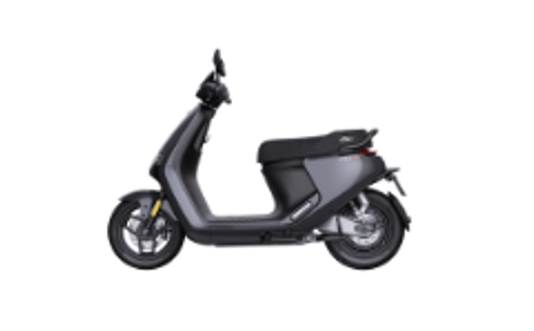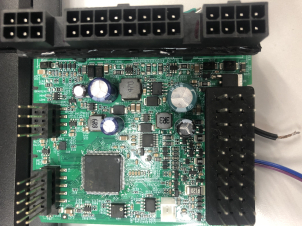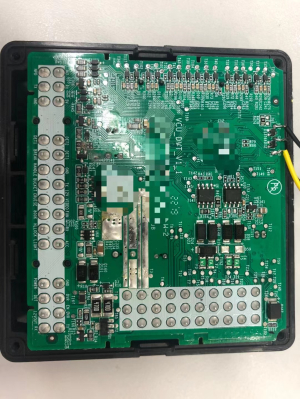Source: Time: 2023-11-09New Energy
With the continuous development of electric motorcycle technology, there are more and more electronic control units, which will lead to a drastic increase of wires on the car if the conventional wiring method is still used. Therefore, CAN bus is required to be added into the electric motorcycle.CAN bus has strong error correction ability and supports differential transceiver, thus it is suitable for high interference environment and has a long transmission distance. Functionally, CAN bus can simplify the body wiring layout, improve the stability of the body electronic control system, and make the car more intelligent and precise in control.
STM32G0B1VE6 is based on the high-performance Arm®Cortex®-M0+ 32-bit core, with an operating frequency of up to 64 MHz, CANFD, LIN communication peripherals, and a wealth of analog-digital peripherals, which provides a significant cost and performance advantage in the application of electric vehicle and motorcycle-related electronic units without vehicle regulation requirements.
LSM6DS3 is a built-in system with 3D digital accelerometer and 3D digital gyroscope, running at 0.65 mA in high-performance mode and supporting always-on low-power function; it can be used in electric motorcycle applications such as vehicle collision detection, automatic steering to turn on turn signals and other applications.
►Product Physical Drawing

►Photo of display board


►Program Block Diagram

STM32G0B1VET6:
Core: Arm® 32-bit Cortex®-M0+ CPU up to 64 MHz;
Internal 16 MHz RC (±1%) with PLL option;
Two FDCAN controllers;
Three support ISO7816 interfaces, LIN, IrDA functionality, automatic baud rate detection and wake-up;
USB type Type-C™ power delivery controller;
►Program Specifications
Input voltage: 48V;
fHclk:64M;
FDCAN baud rate: 1M;
UART baud rate:115200;
ACC:±16g;
GYR:±2000dps;